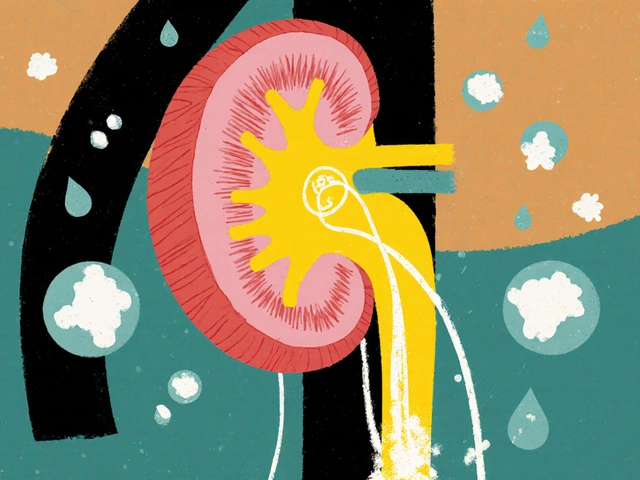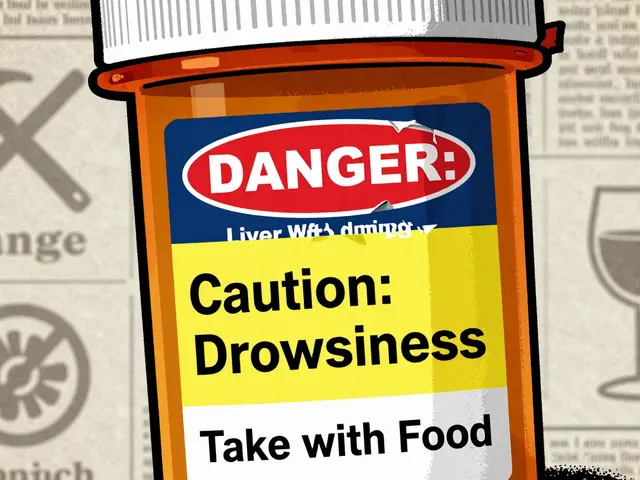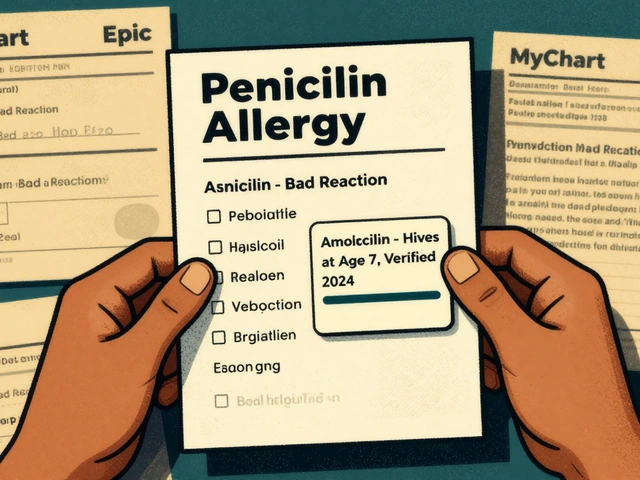Neuropathic Pain – Understanding, Managing, and Finding Relief
When dealing with neuropathic pain, pain caused by damaged or malfunctioning nerves that send abnormal signals to the brain. Also known as nerve pain, it often shows up as burning, tingling, or stabbing sensations that don’t improve with typical anti‑inflammatory meds. This type of pain isn’t just uncomfortable—it can interfere with daily tasks, mood, and sleep.
One of the biggest drivers of neuropathic pain is diabetic neuropathy, nerve damage that results from chronically high blood sugar levels. High glucose harms the tiny blood vessels that feed nerves, leading to chronic burning in the feet and hands. Another frequent culprit is postherpetic neuralgia, nerve pain that lingers after a shingles outbreak. Even chemotherapy, traumatic injuries, and spinal disorders can spark the same “mis‑firing” of nerve signals. In short, neuropathic pain encompasses nerve damage, and each underlying condition shapes the pain’s pattern.
Clinicians usually start with a clear assessment. Tools like the Numerical Rating Scale or the Douleur Neuropathique 4 questionnaire help quantify intensity and quality. Accurate scores guide treatment choice because mild cases might respond to topical agents, while severe episodes often need prescription drugs. The assessment step demonstrates that effective pain management requires both measurement and a tailored plan.
When medication is on the table, gabapentin, an anticonvulsant that dampens abnormal nerve signals, frequently tops the list. It’s marketed as Neurontin, and many patients notice reduced tingling after a few weeks. Pregabalin, a close cousin, offers similar benefits with a slightly different dosing schedule. For some, duloxetine or amitriptyline—originally antidepressants—work because they raise serotonin and norepinephrine levels, which helps the brain reinterpret pain signals. Medication like gabapentin mitigates abnormal nerve firing, showing that drugs directly influence the underlying nerve activity.
Non‑drug options matter, too. Physical therapy, targeted exercises and manual techniques that improve nerve function and reduce pain can restore strength and balance, especially when diabetes or injury limits mobility. Techniques such as TENS (transcutaneous electrical nerve stimulation) or acupuncture also modulate nerve pathways, offering relief without pills. Mindfulness and meditation—used successfully for conditions like bipolar disorder—help calm the nervous system, lowering the brain’s perception of pain. Combining these approaches illustrates that comprehensive care blends medication, therapy, and lifestyle changes.
Because many effective drugs are prescription‑only, buying them safely online is a real concern. Our site’s other guides walk you through checking pharmacy licenses, comparing prices, and spotting counterfeit pills—steps you’ll want to follow before ordering gabapentin, duloxetine, or any other neuropathic medication. Verifying a pharmacy’s registration with national regulators, reading user reviews, and confirming the exact dosage protect you from scams and ensure you get the right product. Safe online buying is a key part of managing neuropathic pain, especially when you need a steady supply of medication.
Below you’ll find a curated collection of articles that dive deeper into each of these areas—drug buying guides, medication comparisons, lifestyle tips, and more. Whether you’re just learning what causes nerve pain or looking for practical steps to ease your symptoms, the pieces ahead will give you concrete tools to take control of your health.

A clear, evidence‑based guide on how anticonvulsant drugs like carbamazepine and oxcarbazepine treat trigeminal neuralgia, including effectiveness rates, side‑effects, dosing tips and FAQs.
Continue Reading




